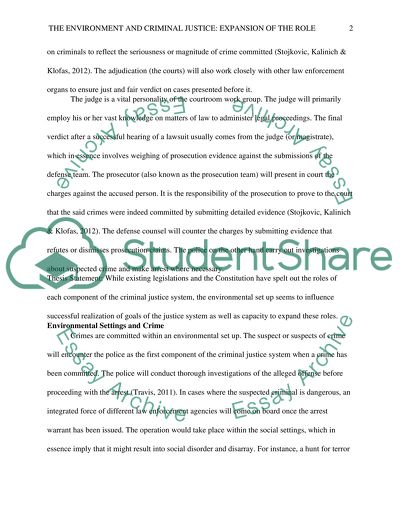Cite this document
(“The enviroment and criminal justice: expansion of the role Research Paper”, n.d.)
The enviroment and criminal justice: expansion of the role Research Paper. Retrieved from https://studentshare.org/law/1490939-the-enviroment-and-criminal-justice-expansion-of
The enviroment and criminal justice: expansion of the role Research Paper. Retrieved from https://studentshare.org/law/1490939-the-enviroment-and-criminal-justice-expansion-of
(The Enviroment and Criminal Justice: Expansion of the Role Research Paper)
The Enviroment and Criminal Justice: Expansion of the Role Research Paper. https://studentshare.org/law/1490939-the-enviroment-and-criminal-justice-expansion-of.
The Enviroment and Criminal Justice: Expansion of the Role Research Paper. https://studentshare.org/law/1490939-the-enviroment-and-criminal-justice-expansion-of.
“The Enviroment and Criminal Justice: Expansion of the Role Research Paper”, n.d. https://studentshare.org/law/1490939-the-enviroment-and-criminal-justice-expansion-of.


